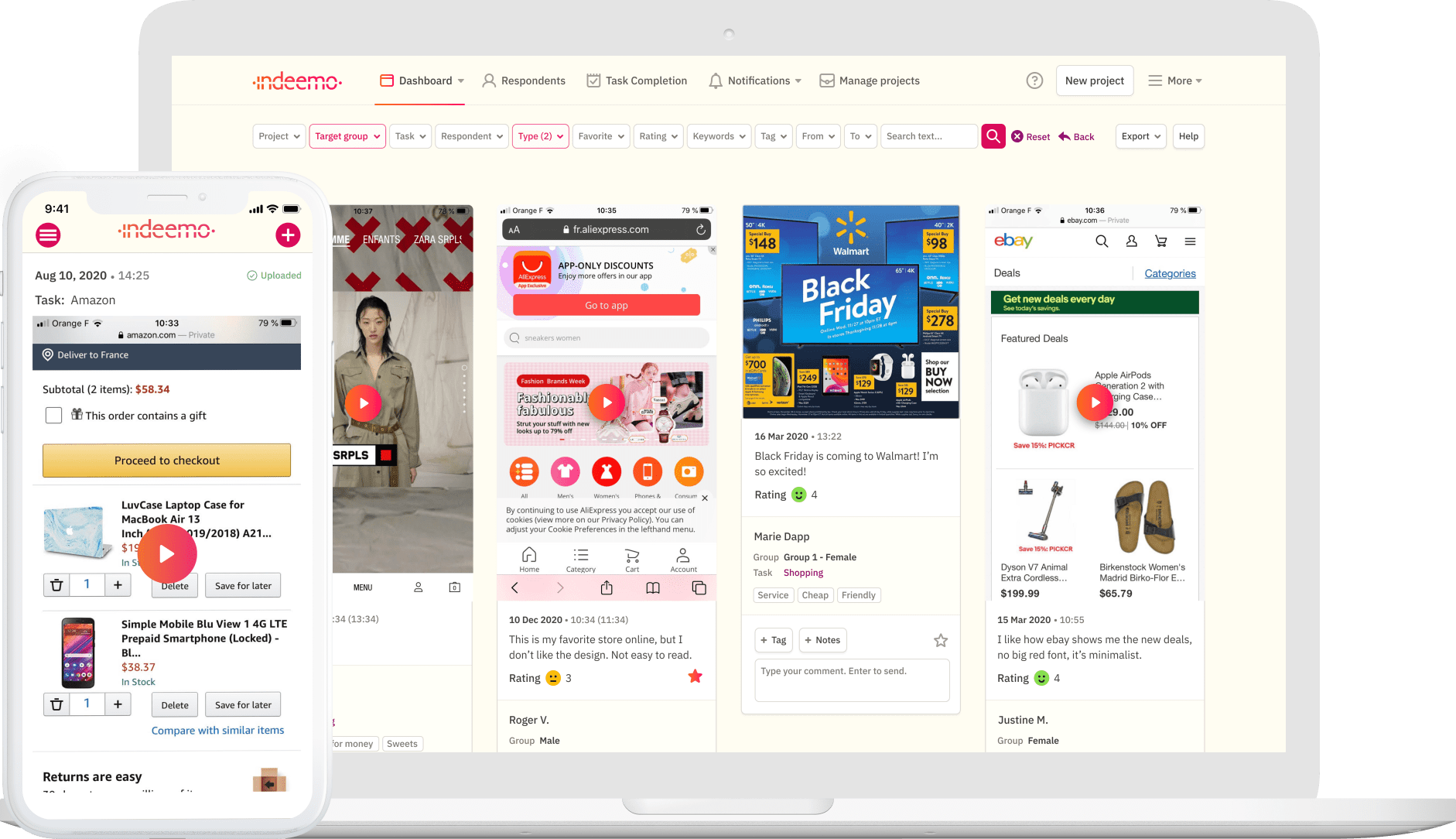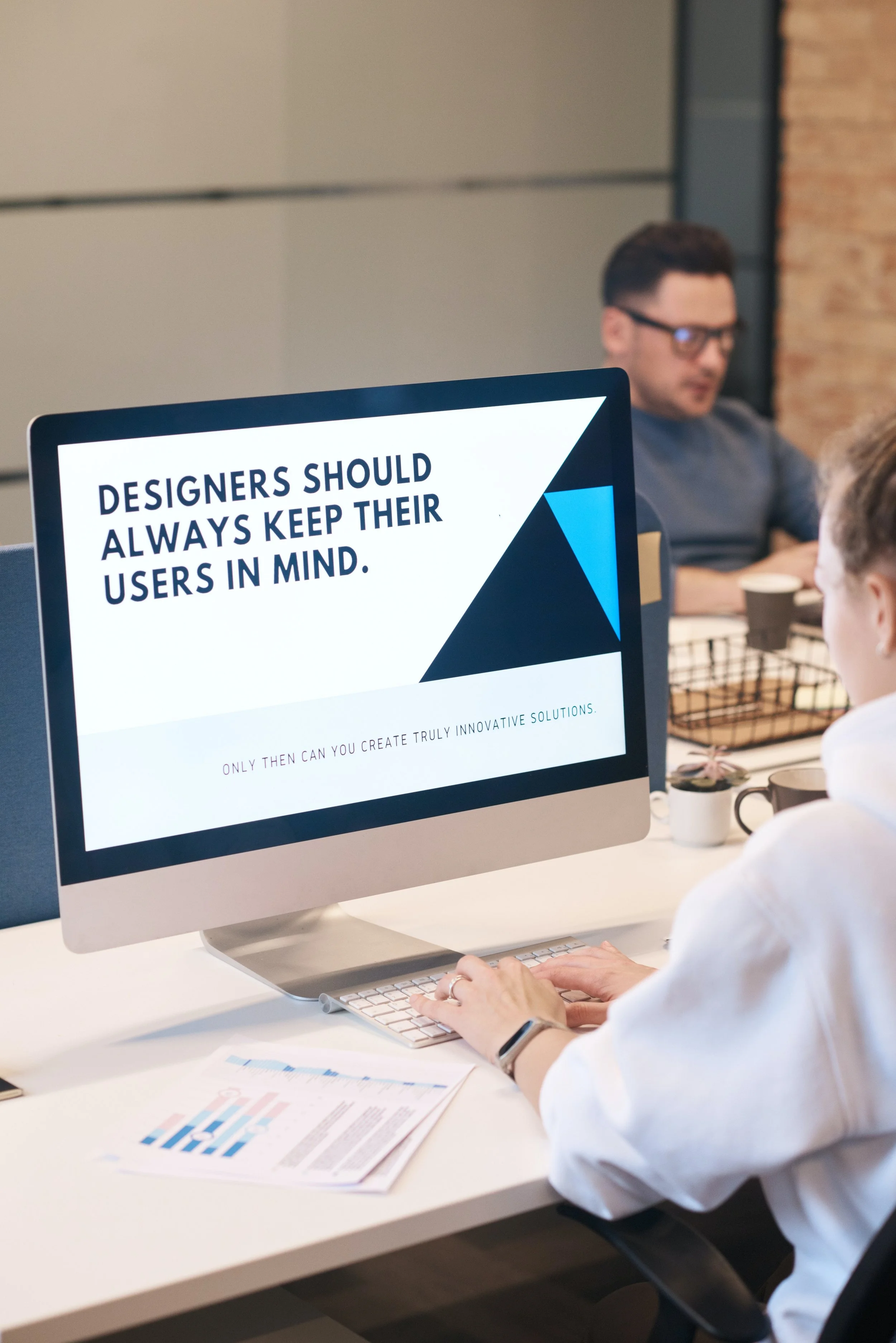Reducing UX Debt with Continuous Discovery and In-the-Moment Research
What is UX Debt?
UX Debt is commonly associated with poor/negative user experience. The outcome of which, results in increased costs, time and resources to improve on the shortcuts taken during the initial product design process. UX Debt is not quite an emerging phenomenon in the design and product management world. Instead, the rapid pace of digitisation and an increasing demand for seamless omnichannel experience means that product design (and even service design) is moving at a faster pace than ever before.
The ever accelerating conveyor belt of innovation and product design in the twenty-first century appears to have increased time constraints at the expense of critical components to ensure good, or even best in class, user experience. UX Debt can be a result of a myriad of missteps during a product's lifecycle, but essentially, it is primarily caused by continually prioritising fast and easy solutions to help hit release dates in the short term - but over time, repeatedly choosing shortcuts will leave us with mounting experience issues that adversely impact users (Kaley, A. 2018).
How do I know that I am in UX Debt?
In essence, the data from logs and analytics should tell us if our launched product is suffering from UX Debt. Are we experiencing a high level of churn, increased bounced rates on our websites, or a significantly large volume of abandoned carts at the check out of our newly designed e-commerce app? Is our NPS falling? Quantitatively, the data will help tell us part of the UX Debt story.
Nielsen Norman lists a number of key areas to help us uncover UX Debt (NNGroup).
User interface (buttons, links, and visual styling)
Interaction design (movement from page to page, animations, and scrolling effects)
Copy, content, and messaging (labels, headlines, and written text)
Information architecture (navigation structures and content classification)
Accessibility elements (contrast, visual focus indicators, text alternatives, etc.)
Customer journey consistency
Omnichannel seamlessness
What is important to note is this. Even if we have accumulated some or a lot of UX Debt, we won't have all the right answers immediately (UXPin), but we can find the pain points of our user experience, and ultimately reduce UX Debt in the future.
With all this taken into account, there are a number of research methods and techniques we can implement to ensure our product lifecycle provides the right UX for all our users.
UX Debt: Research Methods and Techniques
Recruitment for UX Debt, UX Research and Usability Testing
First, we will need to connect with and get closer to our users/customers effectively to ensure their voices are heard. In the context of User Research, it is not uncommon to follow traditional methods and techniques of recruitment and fieldwork. With that said, we can adopt an asynchronous approach to our user research, with ways for research participants to be recruited and opt in easily and seamlessly. User research tools with a quick and easy recruitment process can ensure we have users ready to engage with us.
Continuous Discovery Research: a tool for maintaining User Engagement
A product's lifecycle does not need to be a linear one. In fact, our product can be (and should be) dynamic, fluid, and agile. Meaning, product innovation is a journey, an ongoing process with reflections, learnings, iterations, and improvements made along the way. The critical component here is continuously maintaining engagement with our users.
At both ends of the design process, users play a critical role. Through user discovery (aka generative research), data is captured, insights are built, and design can be well informed. Effective design will always come from a deep understanding of user needs and expectations. User discovery allows us to get much closer to the lives of one or more personas. In addition, user discovery can help us identify new and emerging personas.
At the other end of the design process user/usability testing gets more streamlined. The various methods involved in user testing allow those personas to provide sufficient user feedback. However, it is not uncommon for product design to bypass usability and even user discovery. Where UX Debt is “often incurred when designers and researchers are working under tight timelines or impractical project constraints” (Kaley, A. 2018), these constraints may come at the expense and sacrifice of effective and important user research. By skipping or reducing resources and efforts into sufficient user research, the risk of UX debt can increase.
There is no doubt that a disconnect with your customers can result in an increase in cost and resources to improve UX, along with re-coding efforts and UI improvements. With this in mind then, we need to bridge the gap between users and design. In essence, recognise silos and design committees as soon as possible - eliminate them as best you can, and maintain strong user engagement throughout the design process. Three things come to mind here.
First, using continuous discovery research to maintain engagement with your users means that their voice is at the heart of the design process. Second, continuous engagement can result in a greater sense of customer closeness. Lastly, establishing and maintaining user engagement means that both user research and usability testing are embedded throughout the product life cycle.
User Journey Mapping - Researching Experiences in Context is Critical
Maintaining user engagement not only means we get to create a dialogue with them throughout the design process. What is even more valuable is that we can implement methods to capture a 360 view of their lives and gain a deeper understanding of the context that influences their behaviours and experiences with our product. User journey mapping plays an important role in our understanding of various user personas.
Now more than ever, user journey mapping is becoming technologically driven. We can ask our users to show us how they use our product, and describe their opinions and feelings. Be it through mobile screen recordings, desktop screen recordings, and/or selfie videos - our users journey can be encapsulated by multimedia data. This will give us the context. As a result we can begin to uncover UX Debt in one or more areas that it can arise. At Indeemo, we overlay user journey mapping with experience graphs also, to provide the additional quant data to help uncover UX Debt.
In the Moment, Iterative Research
Lastly, whilst user research is a key player in the product life cycle, it is often seen as a once off event. Because of this, journey mapping might not be a consideration. When we factor in user engagement and contextual insights, we are given the opportunity to adopt user discovery approaches that are predominantly qualitative - but instead, we can build this into the continuous approach mentioned above. Using a continuous discovery research approach to be “always on” with our users in a qualitative manner, we can capture context and maintain engagement that is incredibly insightful.
Always being on means we are now being iterative (i.e. continuous) with our user research. Being iterative with our User Research means that we can align continuous discovery with a more agile and iterative design process. These can go hand-in-hand, where each one leverages the outputs of the other. Broadly speaking, the benefits of this approach means that the earlier in a product life cycle that we implement iteration, the more cost-effective this approach will be (Interaction Design Foundation, 2021).
We can run micro diary studies - essentially short, snappy, one-day fieldwork events where we can capture critical touch points from our users. Here we can quickly uncover insights about certain areas of our latest prototype iteration. Here, we can capture and resolve any UX issues. Essentially mitigating UX Debt before we lose sight of it.
Let our Tools support your UX Debt research.
Indeemo processes your personal data in order to respond to your query and provide you with information about our products and services. Please see our Privacy Statement for further information.
With so much change happening so quickly and with the deadlines for shipping features being continually shortened, it’s becoming increasingly difficult for product and service design teams to ensure a cohesive, seamless user experience. This inevitability increases the rate at which UX Debt is accrued.
To minimise UX debt it’s critical that UX Research and Product Design teams implement customer closeness programs using continuous discovery research approaches. Our strategists are experts in advising and supporting this method of research. Get in touch now to schedule a free consultation.









